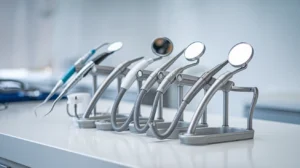
How to Choose the Best Dental Mouth Mirror for Oral Care
Picking the right dental mouth mirror might seem like a small task, but it’s actually pretty important for keeping your teeth and gums healthy. With so many options out there,
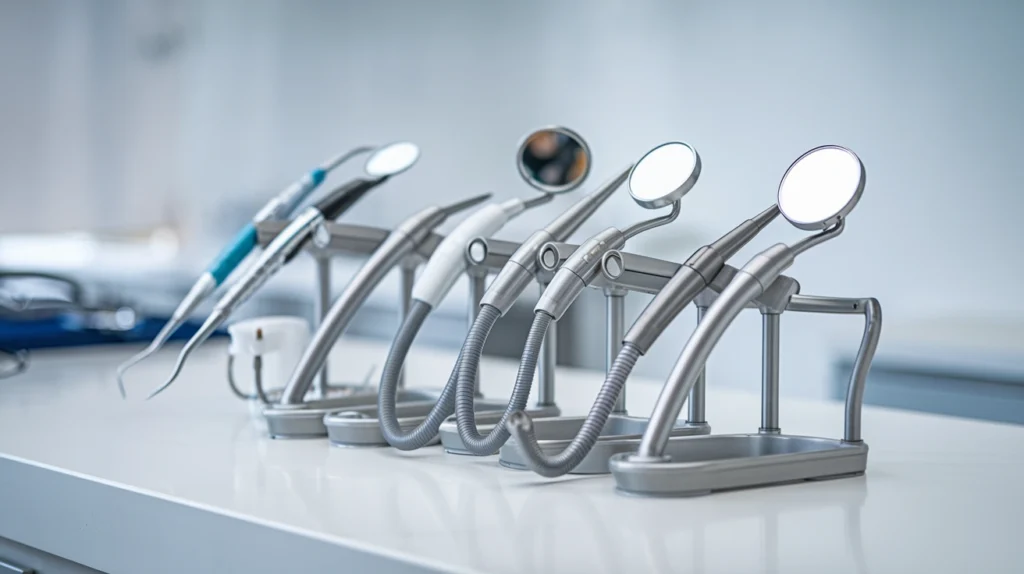
Picking the right dental mouth mirror might seem like a small task, but it’s actually pretty important for keeping your teeth and gums healthy. With so many options out there, it can be a bit overwhelming to figure out which one will do the job best. Whether you’re a dentist looking for professional tools or just someone trying to keep an eye on your oral health at home, knowing what to look for in a mouth mirror can make all the difference.
Dental mouth mirrors are essential tools in oral care, providing dentists with a clear view of the mouth’s interior. They come in various types, each serving a unique purpose.
These mirrors are a popular choice among dental professionals. They have a reflective coating on the front, which reduces image distortion and provides clear, accurate reflections. This design eliminates the pesky double images that can interfere with precision during dental procedures.
Concave mirrors are primarily used for indirect vision, allowing dental practitioners to see around corners and access hidden areas. They offer excellent magnification, making them ideal for examining small cavities or spaces between teeth. However, the images can sometimes be slightly distorted due to the concave design.
Disposable mirrors are designed for single use, minimizing the risk of cross-contamination. They are an excellent choice for maintaining high hygiene standards in dental practices. These mirrors ensure that each patient is examined with a fresh, sterile tool, enhancing overall infection control measures.
When selecting a dental mouth mirror, it’s important to consider the specific needs of each procedure and the comfort of the patient. The right mirror can greatly enhance the efficiency and accuracy of dental examinations.
When picking a dental mouth mirror, size really matters. It’s not just about the mirror fitting comfortably in your hand, but also how it fits in the patient’s mouth. Most mirrors range from 14mm to 24mm in diameter. Smaller mirrors are great for getting into tight spots, while larger ones give you a bigger view. Think about what procedures you do most often and pick a size that suits those needs.
The handle of a dental mirror isn’t just there to hold the mirror head. It’s a crucial part of how you maneuver during an exam. A good handle should be ergonomic, meaning it fits well in your hand and reduces strain. Look for handles with a diameter between 8-10mm for better grip and control. Lightweight designs can help minimize hand fatigue, especially during long procedures.
The surface coating on a dental mirror impacts both clarity and durability. Rhodium-coated mirrors are known for being scratch-resistant and providing bright, clear images. This coating helps prevent ghost images that can mess with your view. Also, consider the material of the mirror itself. Stainless steel is a common choice for its durability, while some mirrors might use disposable materials for better infection control.
Choosing the right dental mouth mirror isn’t just about picking a tool—it’s about ensuring you have the right partner in patient care. From size and handle design to surface coating, each factor plays a role in how effectively you can perform exams and provide treatment.
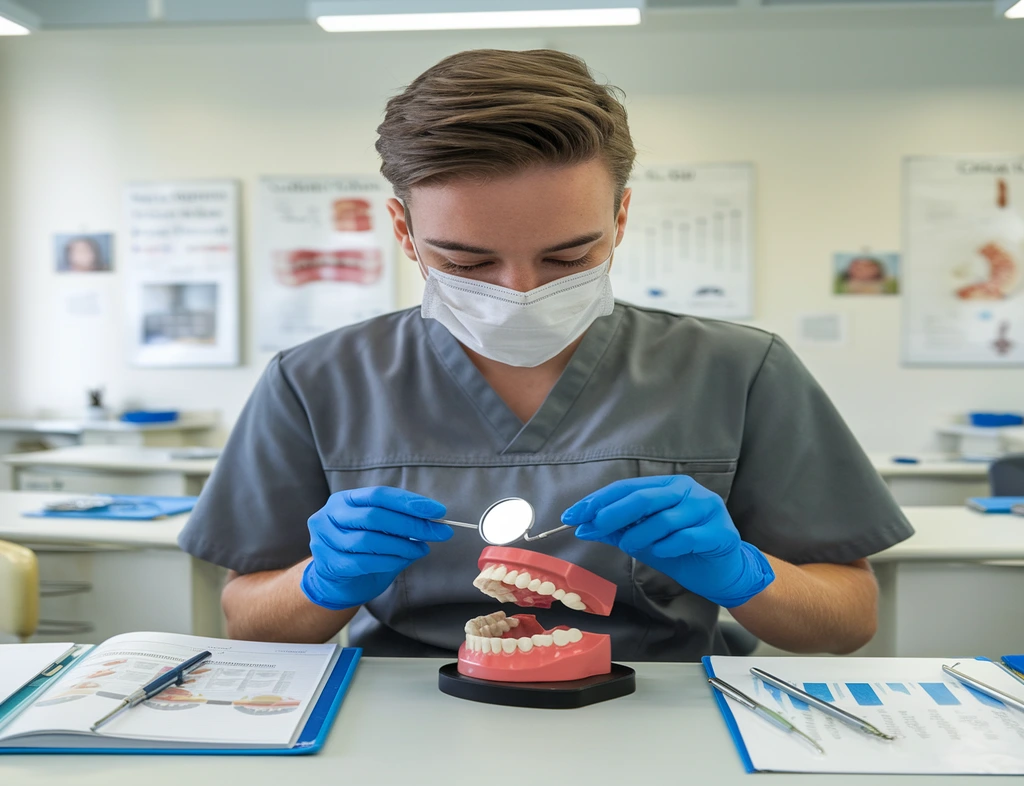
Dental mouth mirrors are like the unsung heroes in a dentist’s toolkit. They let dentists see into those dark, hidden corners of the mouth that are tough to reach. By bouncing light into these areas, dentists can get a clear view without having to contort themselves into awkward positions. This is super important because it means dentists can spot issues early on, like cavities or gum problems, without missing a beat.
Another cool thing about dental mirrors is how they help with tissue management. They allow dentists to move the tongue, cheeks, and lips around gently. This way, they can get a better look at what’s going on without causing the patient any discomfort. It’s all about being gentle and precise, which is key during any dental exam.
Dental mirrors do more than just help dentists see better. They play a big role in diagnosing and treating dental problems accurately. Thanks to their ability to reflect light and give a clear view of all tooth surfaces, dentists can catch tiny issues that might otherwise go unnoticed. This makes for faster diagnoses and more effective treatments, ultimately leading to better oral health outcomes for patients.
Dental mouth mirrors are essential tools that make dental exams more effective and comfortable for both dentists and patients. By improving visibility and helping with tissue management, they ensure that every nook and cranny of the mouth is thoroughly examined.
Keeping your dental mouth mirrors in top shape starts with proper cleaning. After each use, make sure to clean them with a non-abrasive solution to remove any debris or stains. Avoid harsh chemicals that can damage the mirror’s reflective surface. Rinse thoroughly with demineralized water and dry using a lint-free cloth or pressurized air. This helps maintain the mirror’s clarity and functionality.
Sterilization is key to preventing cross-contamination. Most dental practices use autoclaves for this purpose. The process involves exposing the mirrors to high-pressure steam at around 250-270°F for 15-20 minutes. This ensures that all germs are eliminated, keeping both patients and practitioners safe.
It’s important to regularly inspect your mirrors for signs of wear, such as scratches or a loss of reflectivity. If you notice any issues, replace the mirror promptly to ensure accurate visualizations during dental exams. Remember, a well-maintained mirror not only provides clear images but also contributes to more effective and efficient dental care.
Regular care and maintenance of dental mouth mirrors are crucial for optimal performance. By following these simple steps, you can extend the life of your tools and ensure they are always ready for use.
When it comes to dental mirrors, clarity is key. Rhodium-coated mirrors stand out because they offer 38.5% brighter images than standard mirrors. This feature is especially useful during detailed procedures where visibility is crucial. The rhodium coating not only enhances brightness but also reduces the chances of ghost images, providing a clearer view for dental professionals.
Fogging can be a real headache during dental examinations. Thankfully, modern dental mirrors come with anti-fogging features. These innovations include coatings that prevent moisture build-up, ensuring that the reflection remains clear throughout the procedure. Some dentists even warm the mirror under tap water or use mouthwash-dampened gauze to keep fog at bay. These simple techniques, combined with advanced coatings, make a big difference in maintaining a clear view.
Dentists often spend long hours holding dental mirrors, so comfort is crucial. Ergonomic handles, often padded with silicone, have become a game-changer. They help reduce hand fatigue and muscle strain, especially during lengthy procedures. Some designs even feature swivel capabilities, allowing for better maneuverability. This focus on ergonomics not only improves the dentist’s comfort but also enhances the precision of their work.
Embracing these advancements in dental mirror design can significantly improve both the efficiency and comfort of dental procedures, ultimately leading to better patient care.
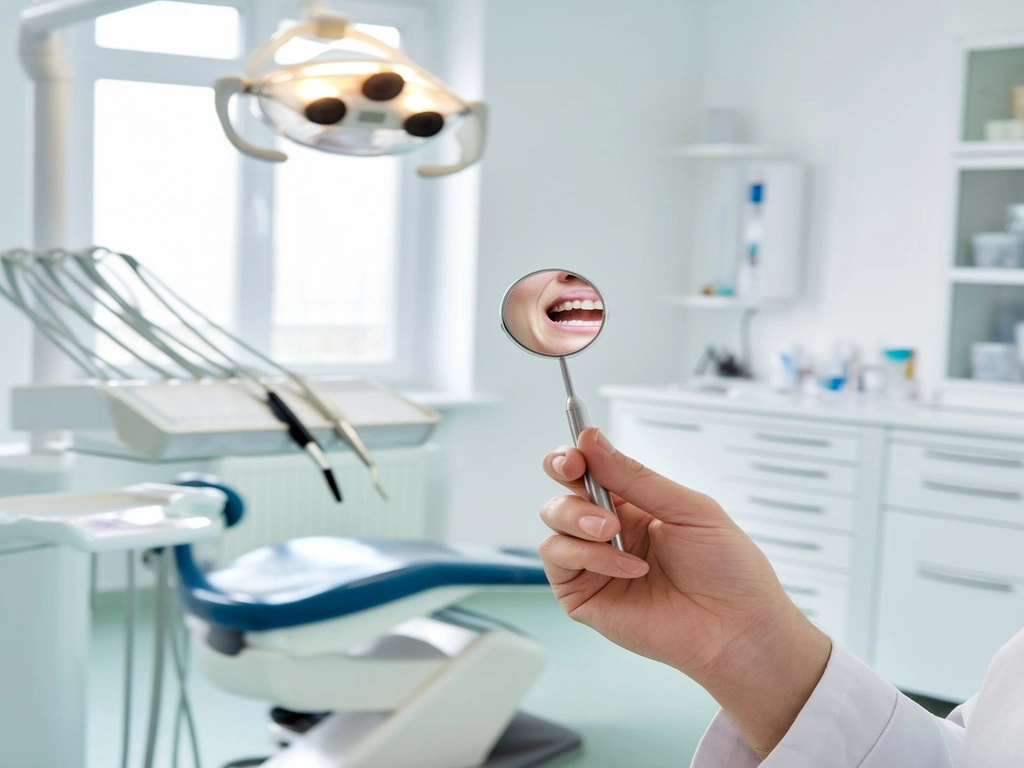
Using a dental mouth mirror might seem tricky at first, but with a bit of practice, it becomes second nature. Indirect vision is all about reflecting the image of a tooth or area in the mouth onto the mirror so you can see it clearly. Start by holding the mirror at a comfortable angle, usually around 45 degrees. This position helps you see around corners and into those tight spots without straining your neck or back. It’s like having eyes on the back of your head, but for your mouth!
Navigating the small, confined spaces of the mouth can be challenging. Here are some tips to make it easier:
Getting the right amount of light into the mouth is crucial for a clear view. Position the mirror to reflect light from the dental unit into darker areas of the mouth. This technique can highlight areas that are otherwise difficult to see. Adjust the angle of the mirror as needed to maximize the light reflection, making sure you have a bright and unobstructed view of the area you’re working on.
With practice, using a dental mouth mirror becomes an intuitive part of the dental examination process. The mirror not only aids in visibility but also helps maintain proper posture, reducing the risk of strain or injury during long procedures.
Choosing the right dental mouth mirror might seem like a small decision, but it can make a big difference in your oral care routine. Whether you’re a dental professional or just someone looking to maintain your own dental health, understanding the types of mirrors available and how to care for them is key. From front-surface mirrors that offer clear reflections to disposable options that prioritize hygiene, there’s a mirror for every need. Remember, taking care of your tools by cleaning and inspecting them regularly ensures they last longer and work better. So, next time you’re in the dental aisle or setting up your practice, think about what you really need from your mirror. It’s not just about seeing better; it’s about providing the best care possible.
Front-surface dental mirrors are designed to give clear reflections without any double images. They help dentists see the mouth clearly during check-ups and treatments.
Concave mirrors help dentists see tiny details by making things look bigger. They are useful for checking small areas like cavities or spaces between teeth.
Yes, disposable dental mirrors are safe. They are used once and then thrown away to prevent germs from spreading between patients.
Dentists clean mouth mirrors by washing them with gentle cleaners and then sterilizing them to kill any germs. This keeps the mirrors safe and ready for the next patient.
Rhodium-coated mirrors are shiny and don’t fog up. This makes them great for seeing inside the mouth without any interruptions.
Mouth mirrors help dentists see areas in the mouth that are hard to reach. They also help move soft tissues gently and make diagnosing problems easier.

Picking the right dental mouth mirror might seem like a small task, but it’s actually pretty important for keeping your teeth and gums healthy. With so many options out there,
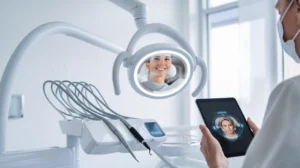
Dental mirrors have come a long way. From simple reflective tools to sophisticated gadgets, they play a key role in modern dentistry. With constant innovation in dental mirrors, these aren’t
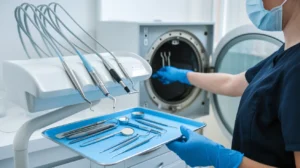
Hey there, dental pros! Today, we’re diving into something super important but often overlooked—how to properly mouth mirror sterilization. If you’re in the dental field, you know these little tools
At The Surgical Kit, we are committed to providing healthcare professionals with the finest tools to ensure precision and safety in every procedure.